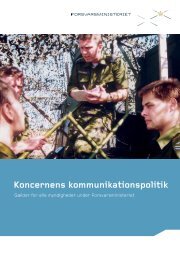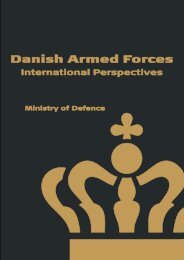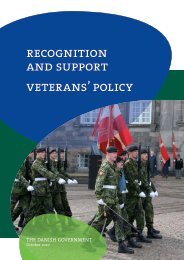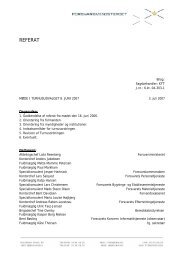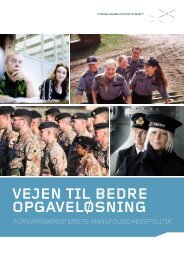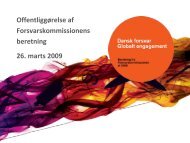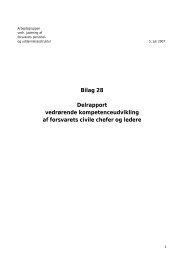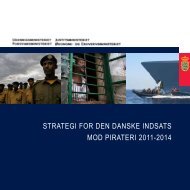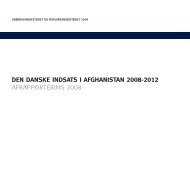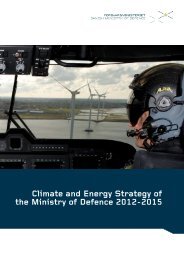Afghanistan Report 2009 - Isaf - Nato
Afghanistan Report 2009 - Isaf - Nato
Afghanistan Report 2009 - Isaf - Nato
You also want an ePaper? Increase the reach of your titles
YUMPU automatically turns print PDFs into web optimized ePapers that Google loves.
<strong>Afghanistan</strong> <strong>Report</strong> <strong>2009</strong><br />
Executive summary<br />
In 2008, the United Nations-mandated International<br />
Security Assistance Force (ISAF), led by NATO,<br />
continued to support the nascent Afghan National<br />
Security Forces (ANSF) in the provision of security<br />
throughout the country. The overall security picture<br />
in 2008 was mixed. Violence rose sharply in parts of<br />
the South, South-East and South-West, leading to a<br />
significant overall increase in casualties from 2007.<br />
However, large parts of the North, Centre and West<br />
of the country continued to be relatively stable. The<br />
ANSF grew in strength and capability and Afghan<br />
forces assumed responsibility for security in the Kabul<br />
area for the first time. ISAF force levels increased<br />
significantly and will continue to do so in <strong>2009</strong>. Improved<br />
relations between the Afghan Government and the<br />
newly-elected Pakistani Government was matched<br />
by improved military coordination along the border<br />
leading, near the end of the year, to decreasing crossborder<br />
support for the insurgency in <strong>Afghanistan</strong>.<br />
The capacity of the Afghan Government at the national,<br />
provincial and district levels remains limited and suffers<br />
from corruption. Continuing insecurity, criminality and,<br />
in places, the influence of the narcotics trade further<br />
impede efforts to improve good governance. Despite<br />
these challenges, the Government has made progress<br />
in extending and establishing its presence across the<br />
country. International donor-funded programmes are<br />
helping to develop the capacity of state institutions,<br />
including the civil service, reform at the central and<br />
sub-national levels, broad-based efforts to strengthen<br />
the country’s judicial system and counter-narcotics<br />
capabilities. At the local level, initiatives run by the<br />
Government, notably the Independent Directorate of<br />
Local Governance (IDLG), to improve the links between<br />
central and local authorities are taking shape.<br />
<strong>Afghanistan</strong> remains one of the poorest countries in the<br />
world but steady progress from this low base continues<br />
to be made. GDP continues to rise quickly (estimated<br />
7.5% in 2008) and trade with <strong>Afghanistan</strong>’s neighbours<br />
has increased significantly. International support for<br />
the redevelopment of <strong>Afghanistan</strong> was invigorated<br />
at an International Conference held in Paris in June<br />
2008 where more than 80 donors pledged 21 billion<br />
USD. Furthermore, the donors aligned themselves<br />
with the priorities set out by the Afghan Government<br />
in the Afghan National Development Strategy (ANDS),<br />
officially launched in June 2008 – a demonstration of<br />
growing Afghan capacity to guide its own future.<br />
In <strong>2009</strong>, <strong>Afghanistan</strong> faces the important democratic<br />
milestone of Presidential and Provincial Council<br />
Elections in August, set against the backdrop of<br />
continuing challenges in the security, governance and<br />
development fields. The International Community,<br />
including the NATO-led ISAF, will step up its support<br />
to the Afghan Government and people in this<br />
challenging year, including through a better-coordinated<br />
Comprehensive Approach.<br />
5



